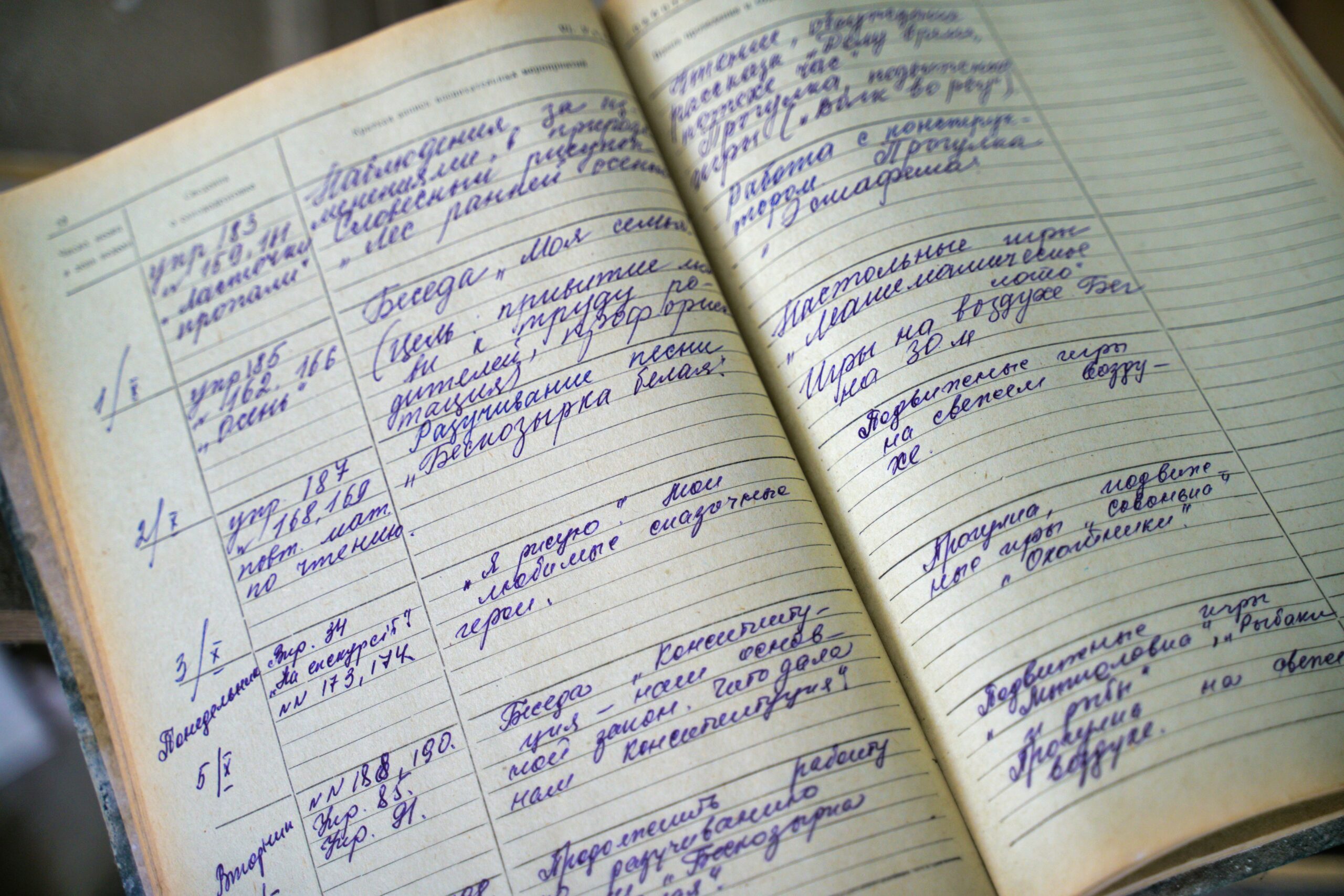In a world where our phones can do everything from booking a flight to ordering a takeaway, it seems counterintuitive that more and more people are returning to the humble paper planner. Why would anyone choose a physical notebook over the convenience of a digital calendar? This article will dive into the heart of the digital vs. analogue debate, critically examining the limitations of our screens and making a compelling case for the power of the handwritten planner. The truth is, sometimes the oldest tools are the most effective.
The Case for Digital Planning: Acknowledging the Obvious
Before we go any further, it’s only fair to admit the obvious benefits of digital planners. They’re incredibly convenient. We always have our phones or tablets with us, so our schedule is always in our pocket. Digital calendars can send us reminders, sync with our email, and allow us to share events with others in a single tap. If you need to search for a specific event from a year ago, you can do it in seconds. For these reasons, digital planning has become the default for millions of people worldwide. But convenience, as we are all learning, doesn’t always equal effectiveness. —
The Critical Limitations of a Digital World
While digital tools are efficient, they come with a significant set of drawbacks that can hinder our focus and productivity. For anyone who has tried to use a phone to stay organised, you know the feeling. The moment you open your calendar app, you are a single swipe or tap away from endless distractions. An urgent notification, a stray social media icon, or an unread email can quickly derail your planning session. The digital world is a place of constant interruption, and our brains are not designed to multitask effectively. Trying to organise your life while simultaneously being bombarded with notifications is not a recipe for success.
Furthermore, digital planning can feel detached and impersonal. Tapping on a screen doesn’t engage the same part of our brains that the physical act of writing does. There’s a strange lack of connection between our minds and the task when it’s all done through a piece of glass. The infinite nature of a digital page can also be overwhelming. You’re never really “finished.” You can keep adding, editing, and shifting things around, which can lead to analysis paralysis and a sense that you are never truly in control. —
The Powerful Benefits of Analogue Planning
The rise in popularity of the handwritten planner isn’t just a nostalgic trend; it’s a conscious choice to reclaim focus, creativity, and presence in our daily lives. Here are a few of the powerful benefits that a physical planner provides.
1. Improved Memory and Cognitive Function
Studies have shown that the physical act of writing things down with your hand creates a stronger neural connection in the brain. When you write a task down, you are more likely to remember it than if you type it into a digital device. It forces you to engage with the information on a deeper level, improving your memory and retention. It’s a fundamental difference between a passive activity (tapping) and an active one (writing).
2. Mindfulness and Focused Attention
A paper planner is a dedicated, distraction-free space. There are no pop-up notifications, no emails, and no social media feeds to steal your attention. When you sit down with your planner, you are engaging in a moment of mindfulness. You are fully present with the task of organising your thoughts and planning your day. This focused attention reduces stress and allows you to think more clearly and intentionally about your goals.
3. Creativity and Personalisation
One of the great joys of a handwritten planner is the freedom to personalise it. You can use different colours to categorise tasks, use highlighters to mark priorities, and use decorative stickers to celebrate a small win. You can doodle in the margins or add creative layouts that inspire you. A paper planner becomes a personal canvas, a beautiful reflection of your life and style. A digital planner simply can’t offer this same level of creative expression or tangible, personal satisfaction.
4. The Joy of the “Tick”
There’s something incredibly satisfying about physically ticking or crossing a completed task off a list. It’s a small but powerful physical gesture that provides a sense of accomplishment and progress. It’s a tangible representation of your hard work, something that a completed digital task simply cannot replicate. It provides a sense of finality and accomplishment that is deeply motivating. —
The Best of Both Worlds: A Hybrid Approach
Of course, this isn’t a case of all-or-nothing. Many people find the best solution is to use a hybrid approach. You can use a digital calendar for sharing events with others and for setting simple reminders, while you use a handwritten planner for your daily to-do lists, goals, and creative thoughts. This allows you to reap the benefits of both worlds, using your digital tools for their convenience and your analogue tools for their power of focused attention and creativity. It’s about being intentional with your tools and using each one for its unique strengths.
Choosing a handwritten planner isn’t a rejection of technology; it’s a conscious choice to slow down and be more intentional about how you manage your time and energy. It’s a tool for focus, creativity, and mindfulness in a world of constant distraction. By returning to the simple elegance of a pen and paper, you can reclaim your attention and create a system that truly works for you, helping you live a more organised and intentional life, one page at a time.

No responses yet